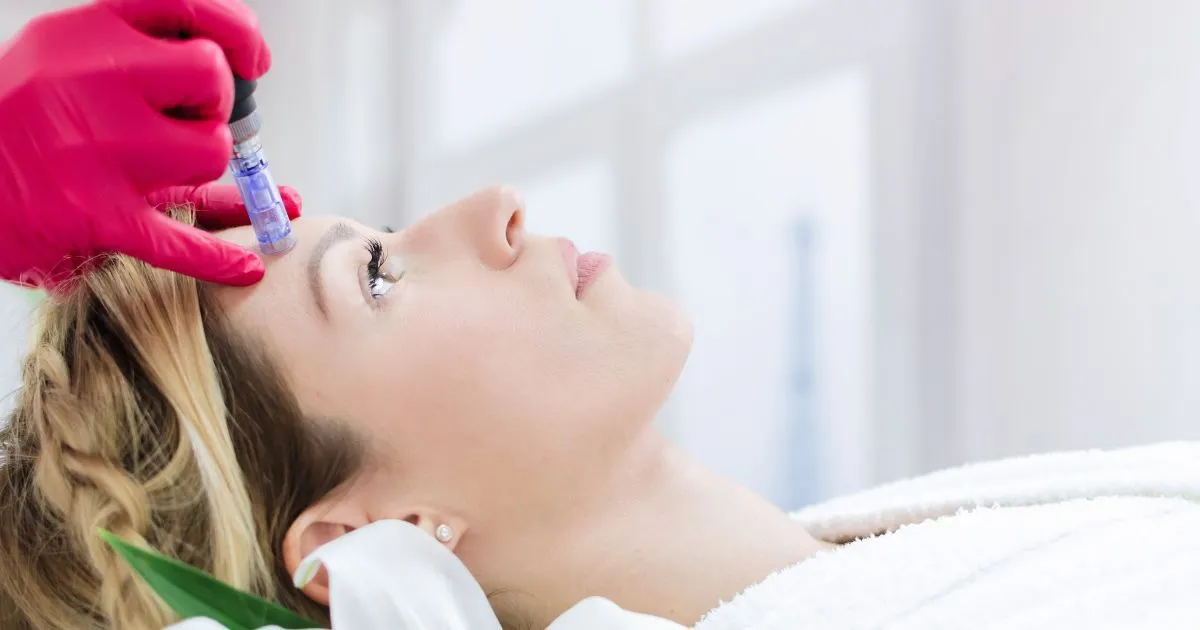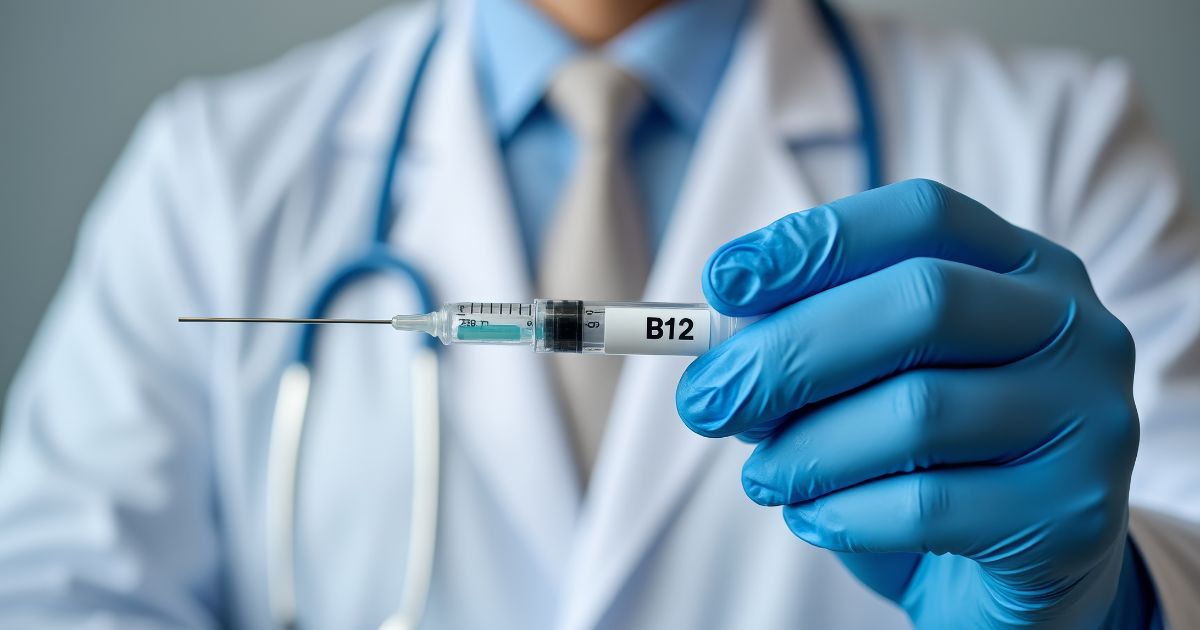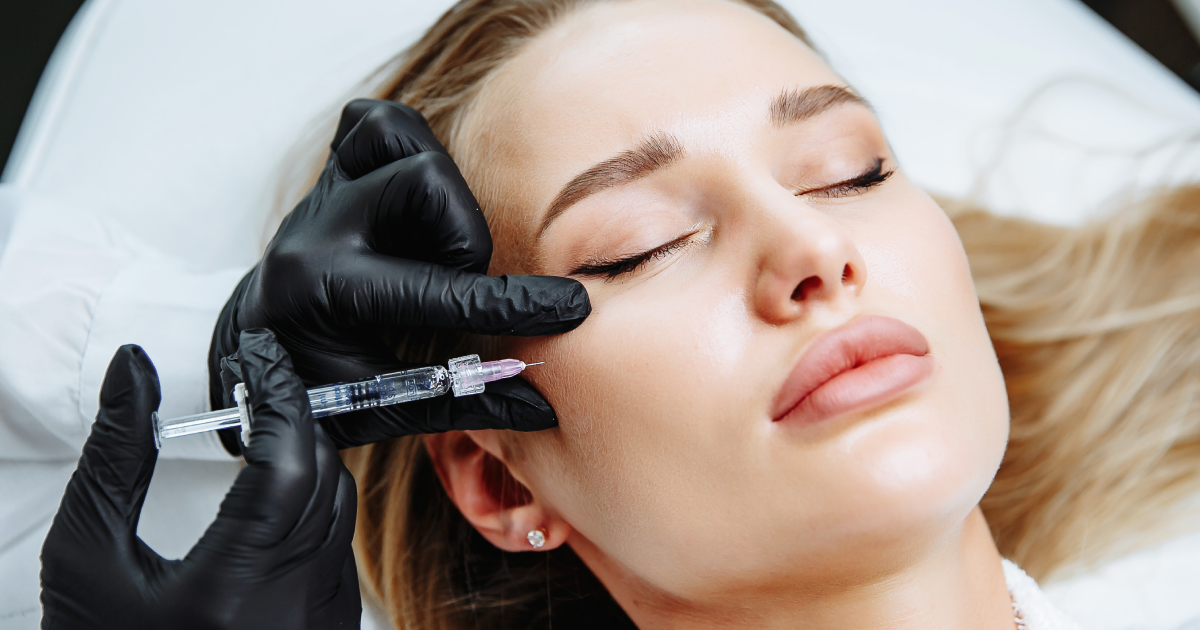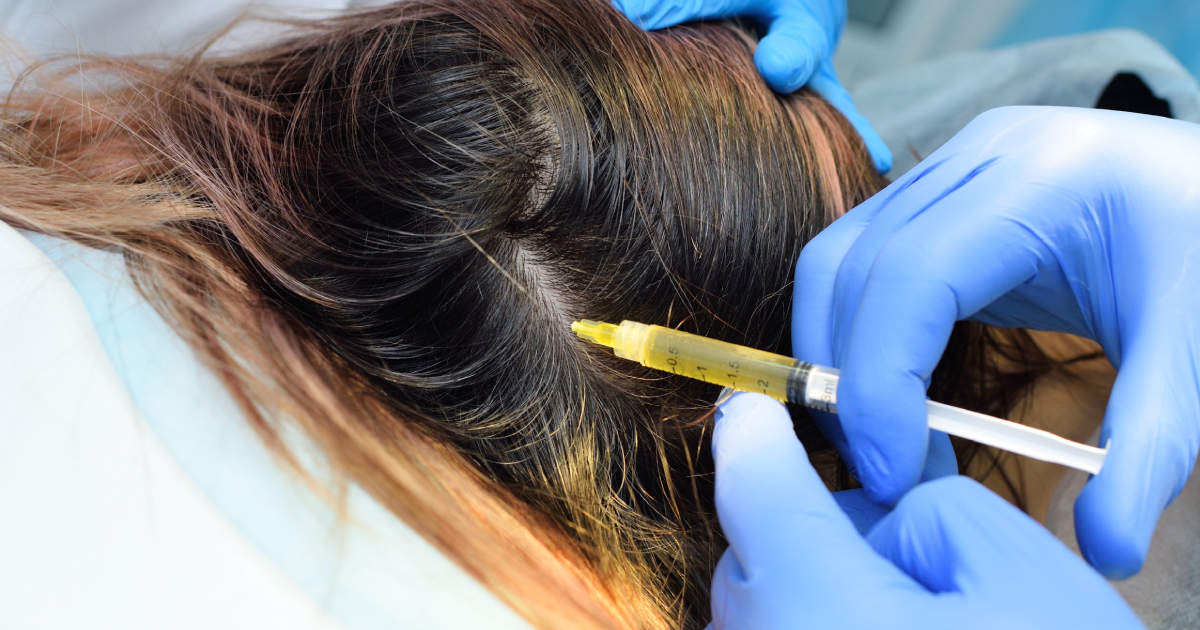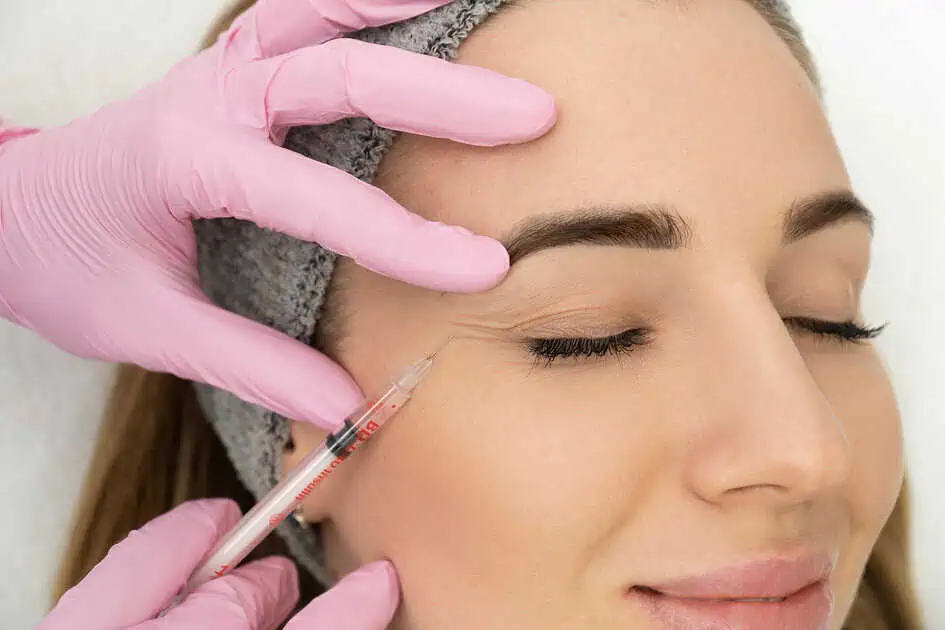Table of Contents
Thinning hair doesn’t always start with a dramatic change. For many, it begins subtly—a few extra strands on the pillow, a slightly wider part, or a more visible scalp in the mirror. Seeing these early signs of hair loss can be frustrating and unsettling, especially after trying over-the-counter shampoos or serums that fail to deliver noticeable results.
Over time, these small shifts may impact confidence, making everyday routines like styling or even stepping out in public feel more stressful. The emotional weight of hair loss often goes beyond appearance, affecting self-esteem and overall well-being. Recognizing the importance of early intervention, many people begin seeking advanced treatments that target not only the symptoms but also the root causes, aiming for healthier, stronger, and fuller-looking hair that restores both confidence and peace of mind.
That’s when people start looking for something that feels more hopeful and supports natural regrowth without surgery or pharmaceuticals. PRP a non-surgical hair loss solution gaining popularity among individuals in their 20s to 40s who want to take action early and proactively.
At Durm Aesthetics & Wellness, more clients are exploring PRP in Reno, NV, as a safe, regenerative way to address hair thinning before it progresses. If you’ve noticed early signs and want to know if this treatment is right for you, this post explains why timing matters—and why sooner is usually better.
What Is PRP and How Does It Work for Hair Loss?
PRP stands for platelet-rich plasma, a treatment derived from your blood. During the procedure, a small amount of blood is drawn and spun in a centrifuge to isolate plasma rich in platelets—tiny cell fragments packed with growth factors.
These growth factors do more than aid wound healing. Injected into the scalp, they stimulate dormant or weakened hair follicles, encouraging more substantial, thicker hair regrowth. PRP can:
- Prolong the active growth phase of the hair cycle
- Improve blood supply to the follicle
- Strengthen existing hair shafts
- Promote the formation of new follicles in viable scalp tissue
Because PRP uses your body’s regenerative proteins, the risk of adverse reactions is minimal. This makes it an attractive hair loss treatment for those who want a more natural approach without synthetic drugs or invasive procedures.
Why PRP Is Most Effective in the Early Stages of Hair Loss
Timing is critical with PRP for hair thinning. This therapy works best when hair follicles are still present and somewhat active, even producing finer or slower-growing hair. PRP often yields the strongest results when used early, before complete follicle inactivity or scalp baldness sets in.
In later stages of hair loss, follicles may be too damaged or dormant to respond effectively. PRP can only stimulate what still exists; it cannot resurrect completely gone follicles. The longer someone waits, the fewer viable follicles remain to work with, which limits potential results.
Clinical data and patient outcomes point to this pattern: early-stage intervention leads to more noticeable and lasting improvement.
Key Signs It’s Time to Consider PRP
Wondering if it’s time to act? These signs may suggest that PRP hair restoration could be a smart next step:
- Visible thinning along the part line or crown
- Receding hairline that’s slowly moving back
- Noticing more hair than usual in the shower or on your pillow
- A family history of baldness and a desire to stay ahead of it
- A feeling that your hair just isn’t as full or strong as it used to be
You don’t have to wait for extreme hair loss to consider a solution. The earlier you notice these signs and take action, the better your chances of preserving and improving your hair density.
What to Expect from PRP Hair Restoration Treatments
At Durm Aesthetics & Wellness, PRP treatments are performed precisely to ensure maximum platelet concentration and effectiveness. Here’s a quick breakdown of what to expect:
- Blood Draw – A small amount of blood is gently taken from your arm, similar to a routine lab test.
- Centrifugation – The blood is spun in a specialized device to separate the platelet-rich plasma.
- Scalp Injections – PRP is precisely administered to areas of the scalp showing the most noticeable thinning, targeting follicles needing stimulation.
Each treatment session lasts 45 to 60 minutes and requires minimal to no downtime. Some clients experience mild sensitivity or redness around the injection sites, but it usually disappears after a day or two.
Treatment Schedule:
- Initial Phase: 3–4 treatments spaced about 4–6 weeks apart
- Maintenance: Every 4–6 months, depending on response and goals
Benefits of Starting PRP Treatment Early
Choosing to act early with PRP Hair restoration has a range of advantages beyond cosmetic improvement:
- Preserves existing follicles before they become inactive
- Thickens hair strands, making hair appear fuller and healthier
- Slows further loss, buying time and possibly avoiding more invasive procedures later
- Improves scalp health, which supports ongoing follicle vitality
- Boosts confidence, helping you feel more in control of your appearance
Many patients see gradual improvement over several months, with hair becoming denser and more resilient with each session.
Who Is a Good Candidate for Early PRP Treatment?
PRP is a good match for many people, especially those who:
- Are in their 20s, 30s, or 40s and noticing early thinning
- Want to avoid medications like minoxidil or finasteride
- Aren’t ready or willing to consider hair transplant surgery
- Prefer natural, regenerative solutions using their biology
- Live active lifestyles and need a non-surgical hair loss solution with minimal disruption
If you’ve tried topical products with little success or just want to protect what you still have, PRP hair restoration offers a forward-thinking way to support long-term hair health.
The Best Time to Start Is Now
Waiting often leads to fewer options and frustration when treating early-stage hair loss. Your best chance at full, healthy hair is the follicles you still have, and PRP can help support them before it’s too late.
At Durm Aesthetics & Wellness, we offer personalized plans for PRP in Reno, NV, designed to preserve, strengthen, and support your natural hair using your body’s healing factors.
Learn More About PRP Therapy and schedule a consultation to determine if this approach suits you. Don’t let early thinning turn into permanent loss—take action while your hair still has the potential to respond.


